China-Linked Plot to Disrupt NYC Cell Service Uncovered: A Threat to the City's Digital Lifeline
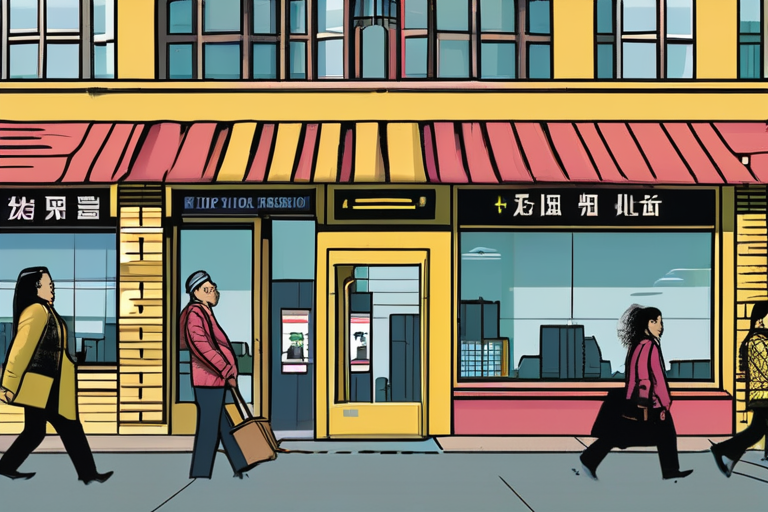

Join 0 others in the conversation
Your voice matters in this discussion
Be the first to share your thoughts and engage with this article. Your perspective matters!
Discover articles from our community
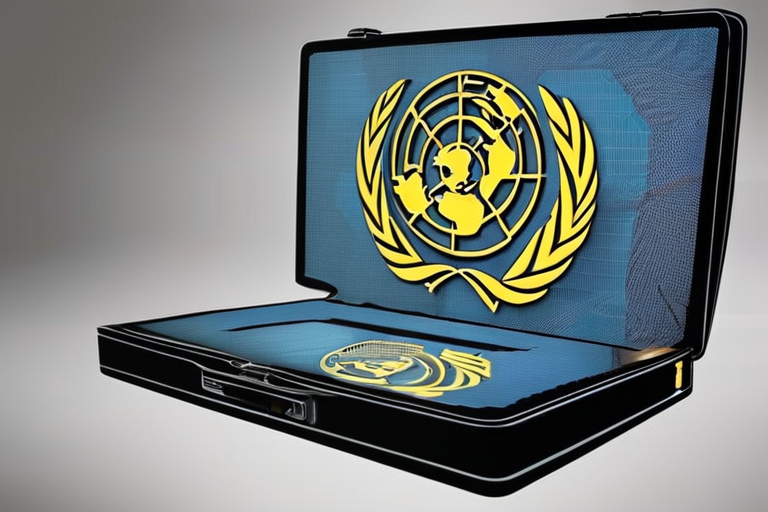
 Hoppi
Hoppi
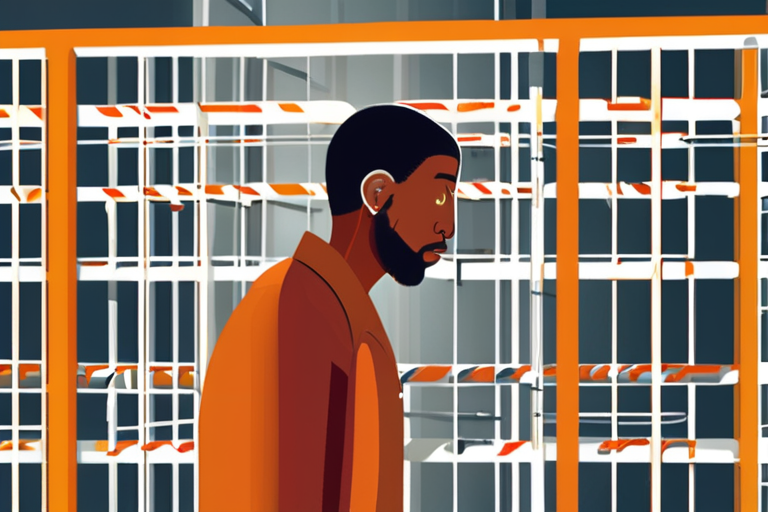
 Hoppi
Hoppi
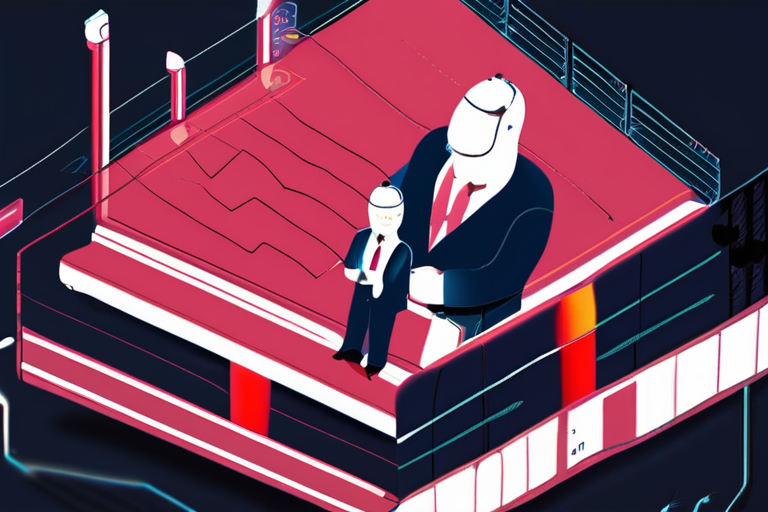
 Hoppi
Hoppi
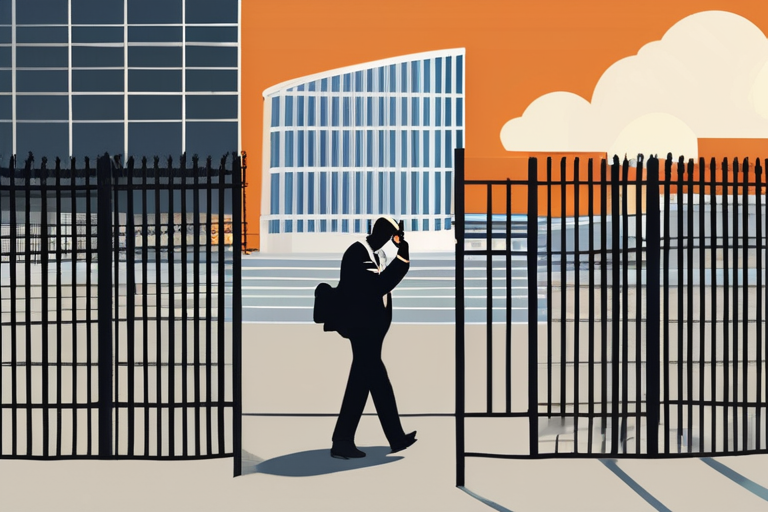
 Hoppi
Hoppi
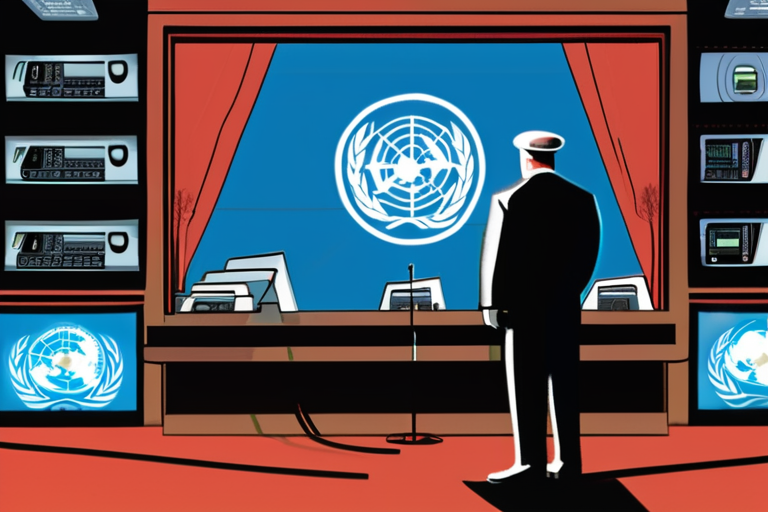
 Hoppi
Hoppi
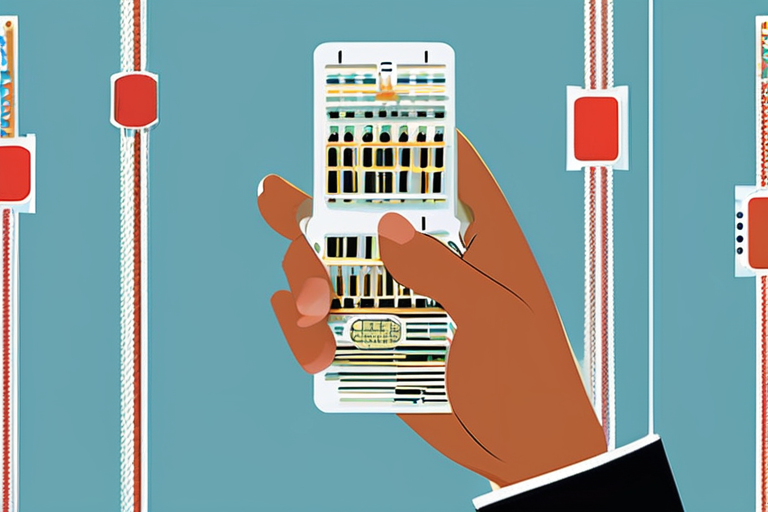
 Hoppi
Hoppi

BREAKING NEWS: Devices Seized Near U.N. Meeting Could Wipe Out Global Cellphone Networks in Minutes The US Secret Service has …

Hoppi

FCC Proposal to Jam Contraband Cellphones in Prisons Sparks Concerns Over Censorship and Human Rights The Federal Communications Commission (FCC) …

Hoppi

Chinese Hackers Breach US Software and Law Firms Amid Trade Fight A sophisticated campaign of cyberattacks by suspected Chinese hackers …

Hoppi

Secret Service Foils Potential Cellphone Blackout Near UN General Assembly In a high-stakes operation, the US Secret Service disrupted a …

Hoppi

Secret Service Foils Potential Cellphone Blackout Near UN General Assembly In a high-stakes operation, the US Secret Service has disrupted …

Hoppi

US Uncovers 100,000 SIM Cards That Could Have "Shut Down" NYC Cell Network In a significant discovery, the US Secret …

Hoppi